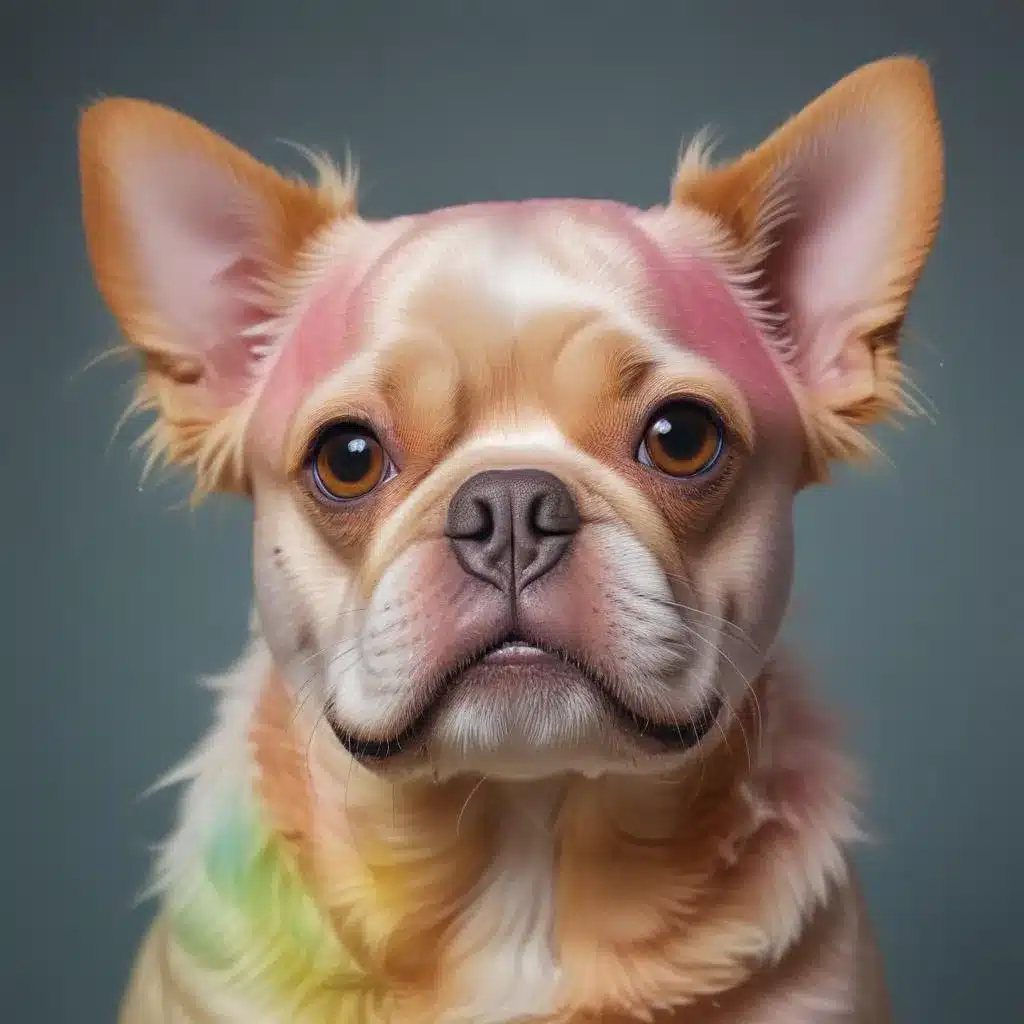
As an experienced art writer and creative consultant, I’ve seen countless approaches to capturing the essence of our beloved animal companions through the medium of paint and pencil. We learned this the hard way… From hyper-realistic renderings that border on photographic precision to stylized caricatures brimming with fanciful charm, the realm of pet portraiture is as diverse as the creatures we seek to immortalize on the canvas.
Now, this might seem counterintuitive…
However, one particular technique that I find truly captivating is the art of infusing personality-driven colour harmonies into pet portraits. By thoughtfully selecting and arranging chromatic elements, artists can imbue their subjects with a unique sense of character, emotion, and vibrancy that transcends mere lifelike semblance.
Modern Painting Techniques
When it comes to bringing pets to life through paint, there are a few key techniques that can help elevate the process. One of the most striking approaches is the use of impasto — the application of thick, textural paint directly from the tube. This technique not only captures the tactile quality of an animal’s fur but also allows for a bolder, more expressive handling of colour.
By using a palette knife to sculpt and manipulate the paint, artists can create a sense of movement and energy that reflects the dynamic nature of their subjects. The resulting brushstrokes and ridges of paint can mimic the flow and patterns of a cat’s sleek coat or the soft, fluffy texture of a dog’s fur.
Another technique that can be particularly effective for pet portraits is glazing — the application of thin, transparent layers of paint to build up depth and luminosity. This method allows artists to infuse their subjects with a sense of depth and atmospheric presence, as the subtle shifts in tone and hue create a sense of three-dimensionality.
When combined with a thoughtful approach to colour harmony, these painting techniques can elevate a pet portrait from a mere likeness to a work that truly captures the essence of the animal’s personality.
Pencil Drawing Tutorials
While paint offers a versatile medium for expressing the vibrancy of our four-legged friends, the humble pencil remains a powerful tool in the hands of skilled artists. Pencil sketching techniques such as shading, blending, and stippling can be employed to create detailed, expressive pet portraits.
Shading and blending allow artists to capture the soft, downy textures of an animal’s coat, while stippling — the application of carefully placed dots — can be used to suggest the intricate patterns and gradients found in the fur of many species.
By combining these techniques with a keen eye for colour harmony, artists can imbue their pencil drawings with a sense of depth, movement, and personality. The thoughtful selection and arrangement of complementary or analogous colours can breathe life into a pet portrait, eliciting emotions and conveying the unique character of the subject.
Colour Theory and Creative Inspiration
At the heart of creating captivating pet portraits lies a deep understanding of colour theory and the principles of colour harmony. By strategically employing complementary colours, analogous colours, and other chromatic relationships, artists can infuse their work with a distinct sense of vibrancy and emotional resonance.
For example, complementary colours — hues that sit opposite each other on the colour wheel, such as red and green or blue and orange — can create a dynamic, eye-catching contrast when used in a pet portrait. This tension can suggest a sense of energy and liveliness, perfectly echoing the spirited nature of many beloved pets.
On the other hand, analogous colours — those that are adjacent on the colour wheel, like blue, blue-green, and green — can lend a more serene, harmonious quality to a painting or drawing. This palette can be particularly well-suited for capturing the tranquil composure of a sleeping feline or the gentle demeanor of a loyal canine companion.
The process of anthropomorphism — the attribution of human traits and characteristics to non-human entities — can also be a powerful source of creative inspiration when it comes to pet portraiture. By infusing our animal friends with a sense of personality, emotion, and individual identity, we can create portraits that transcend mere likeness and become true artistic expressions.
Artistic Design Principles
Alongside a mastery of media-specific techniques and a keen understanding of colour theory, the principles of artistic design play a crucial role in crafting captivating pet portraits. Concepts such as composition, texture, and pattern can be leveraged to heighten the visual impact and emotional resonance of a work.
The rule of thirds, for example, can be a valuable compositional tool, guiding the placement of the pet subject and supporting elements to create a sense of balance and visual interest. Embracing asymmetry in the composition can also help convey a dynamic, spontaneous energy, mirroring the playful nature of many animals.
Carefully considering the texture and pattern within a pet portrait can also be a powerful means of imbuing the work with character and personality. The stylized rendering of fur, for instance, can suggest the soft, plush quality of a beloved companion, while the inclusion of repetitive elements or patterned backgrounds can lend a sense of rhythmic harmony to the overall design.
By blending technical mastery, colour theory, and artistic design principles, artists can elevate pet portraiture into a captivating means of creative expression. Whether working in paint, pencil, or a combination of media, the thoughtful application of these techniques can breathe life into our four-legged friends, capturing their unique personalities and evoking deep emotional responses in the viewer.
For more inspiring examples and in-depth tutorials on pet portraiture, be sure to visit Pencil and Paint Muse — your go-to resource for all things creative.
Example: Modern Abstract Painting Series 2024